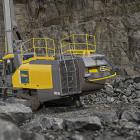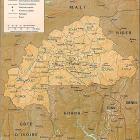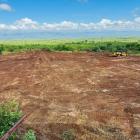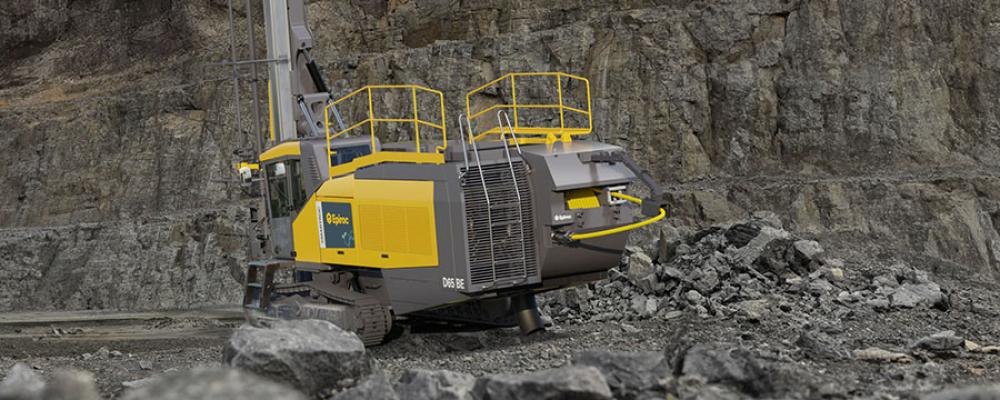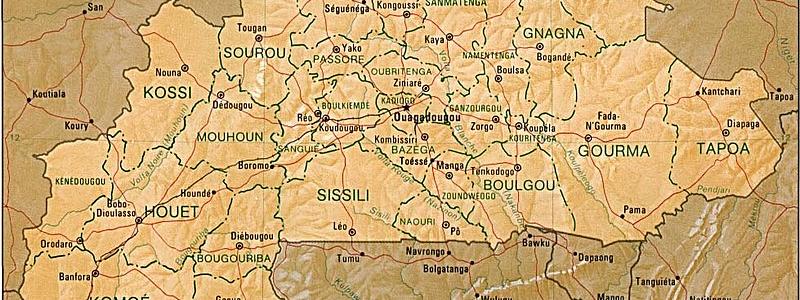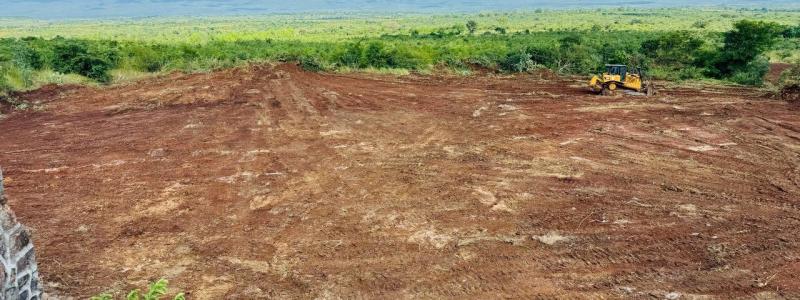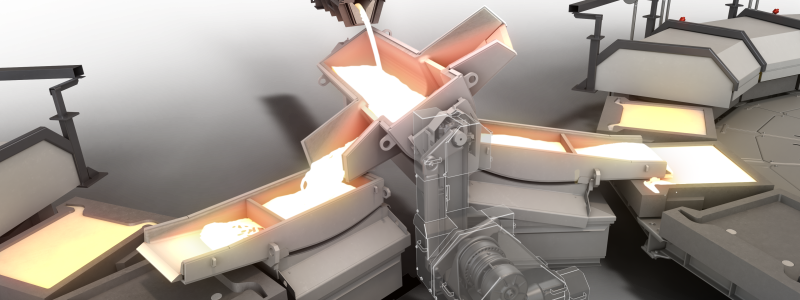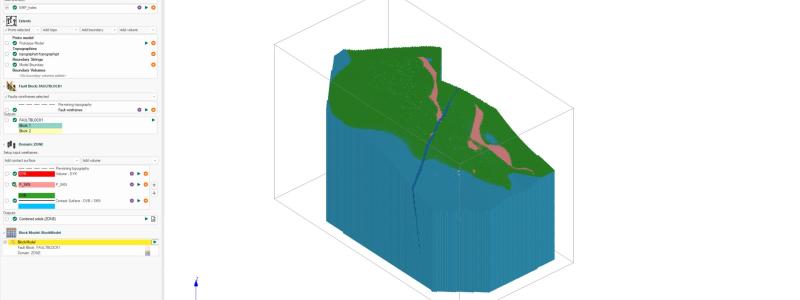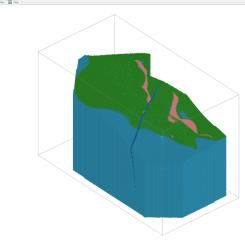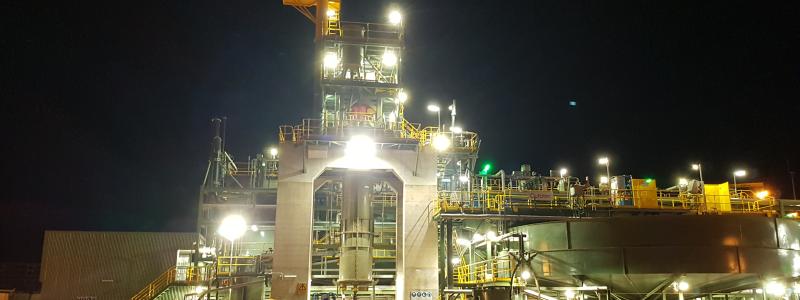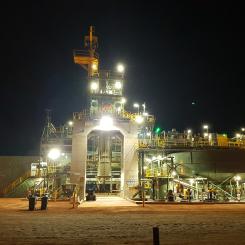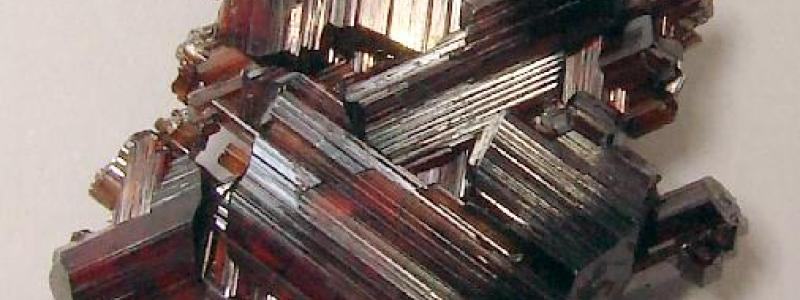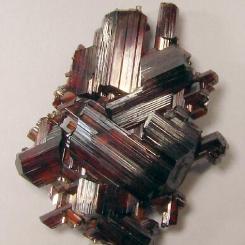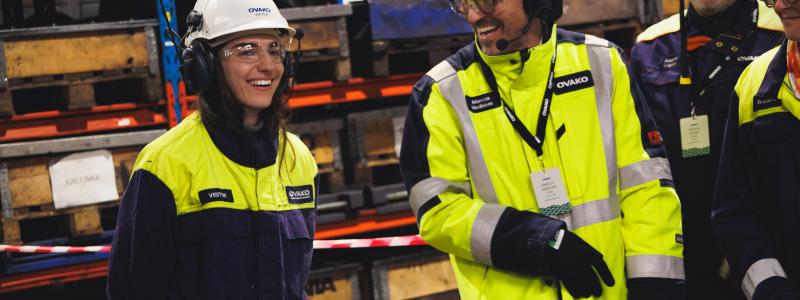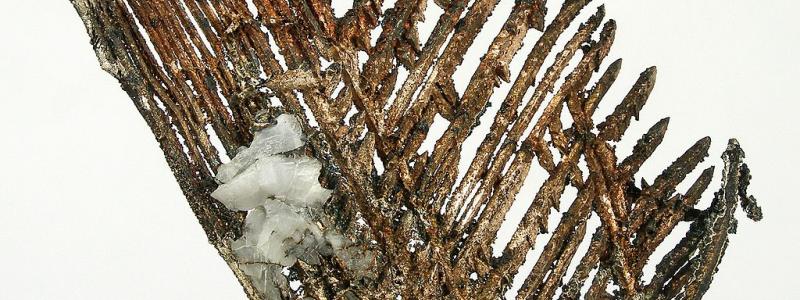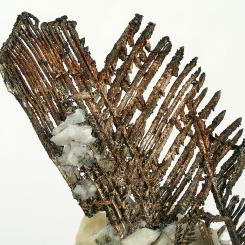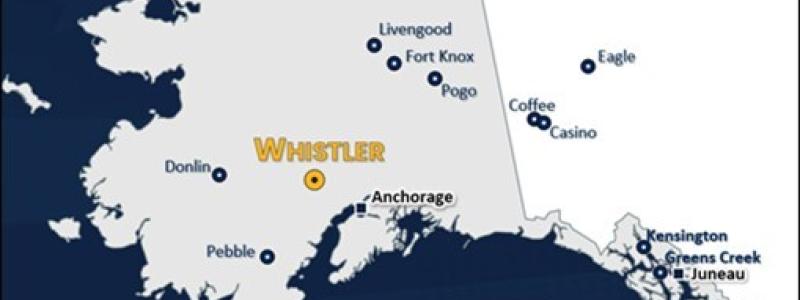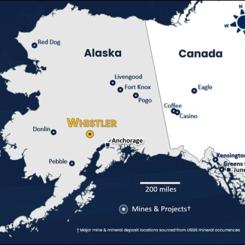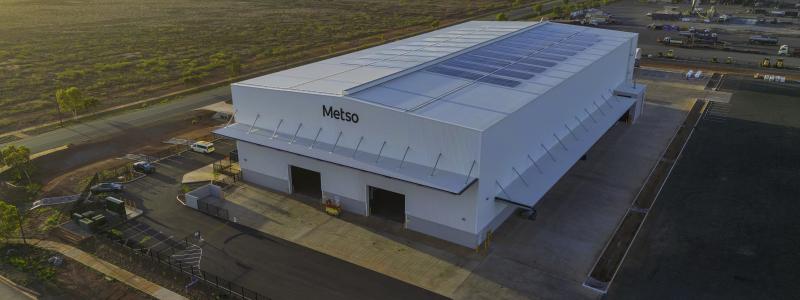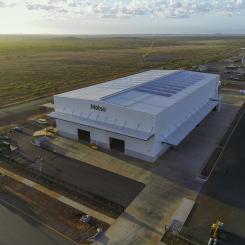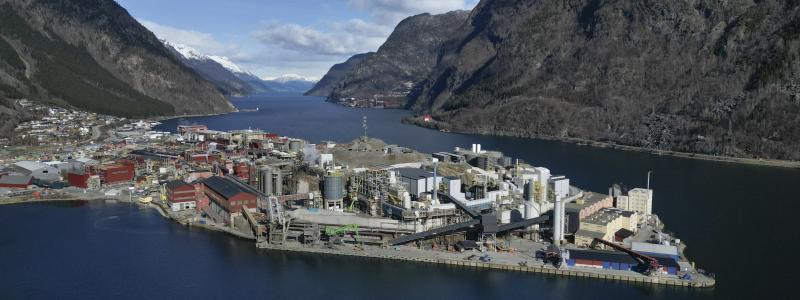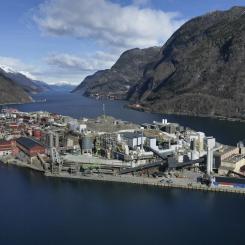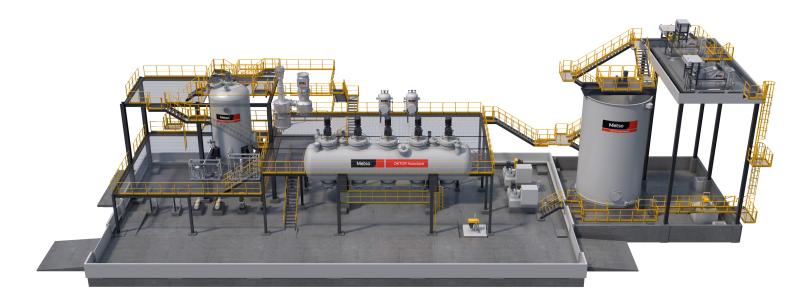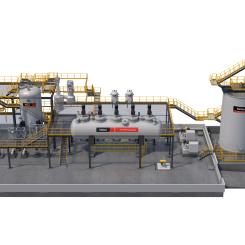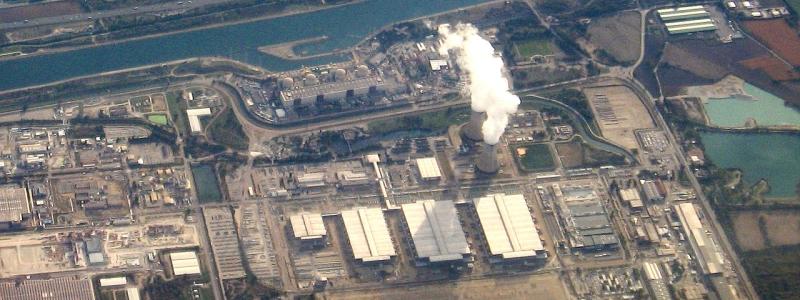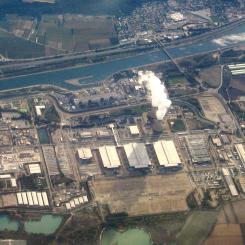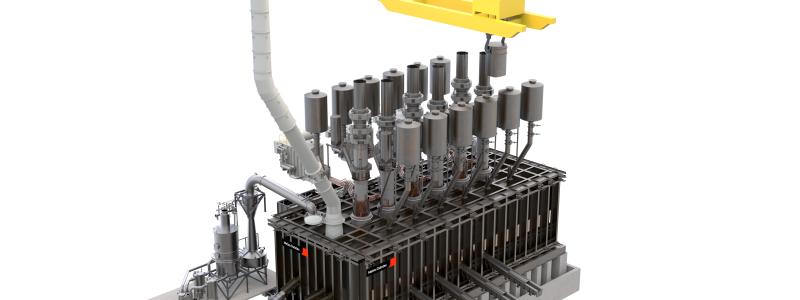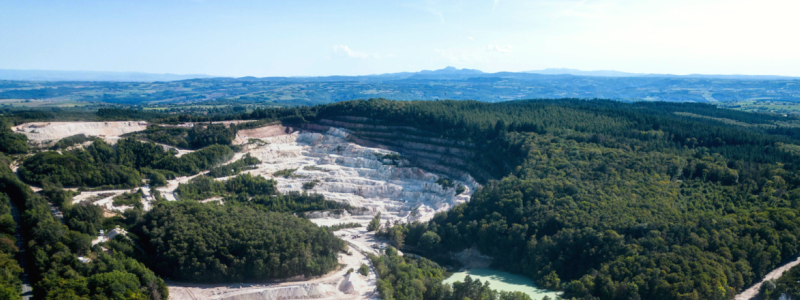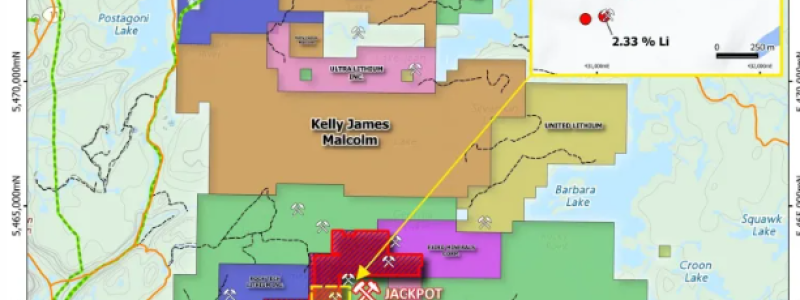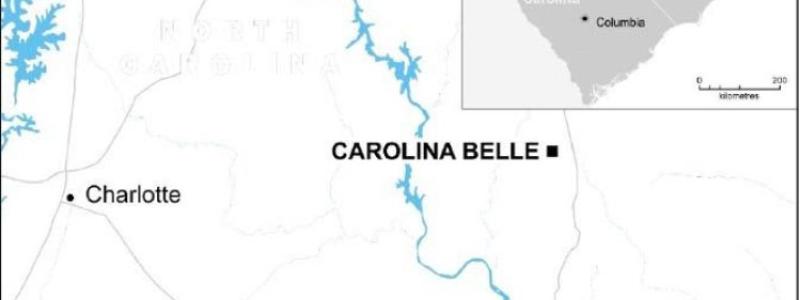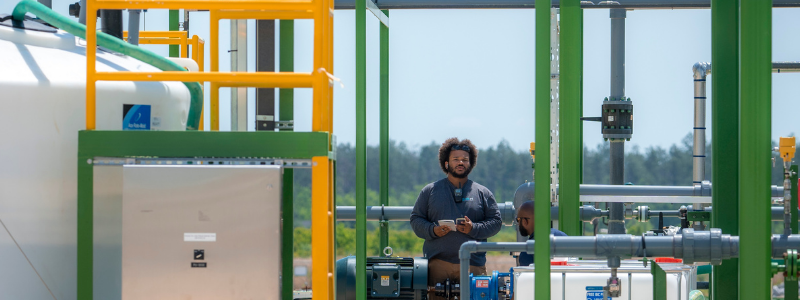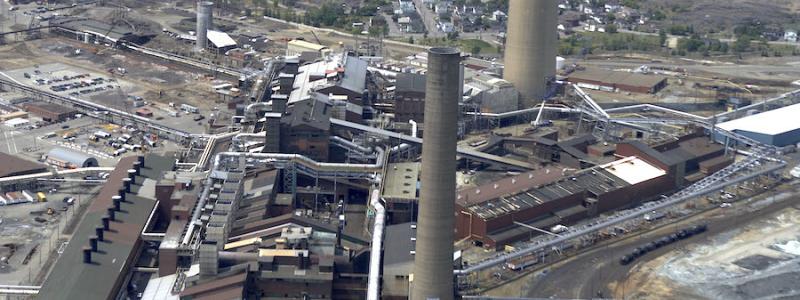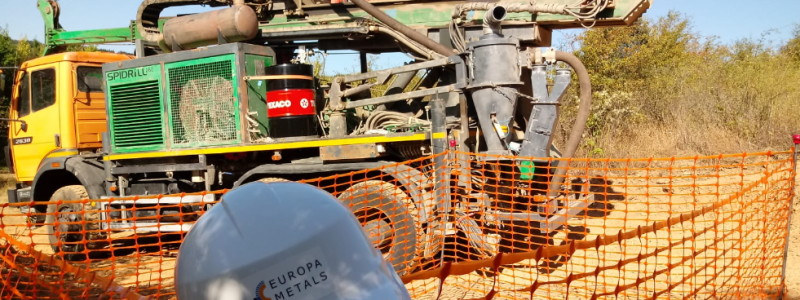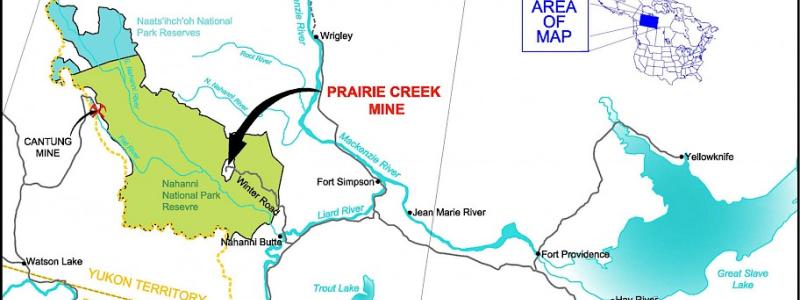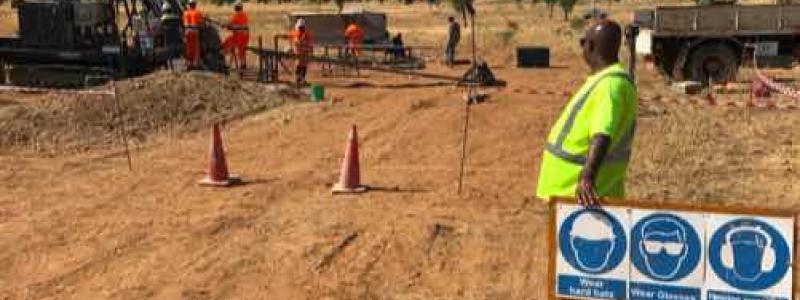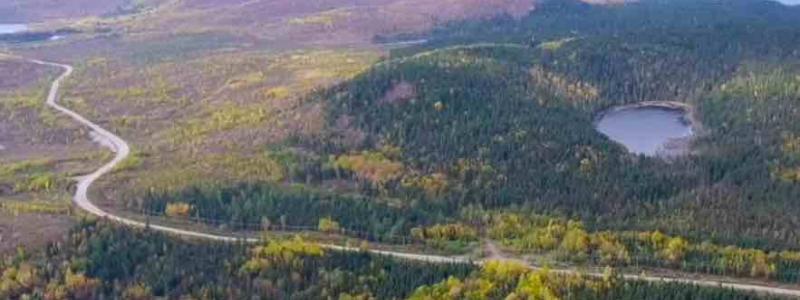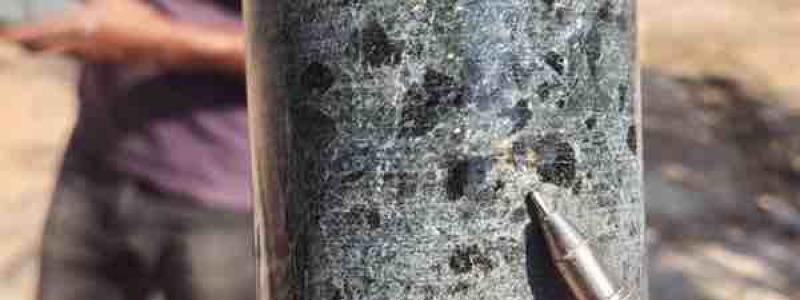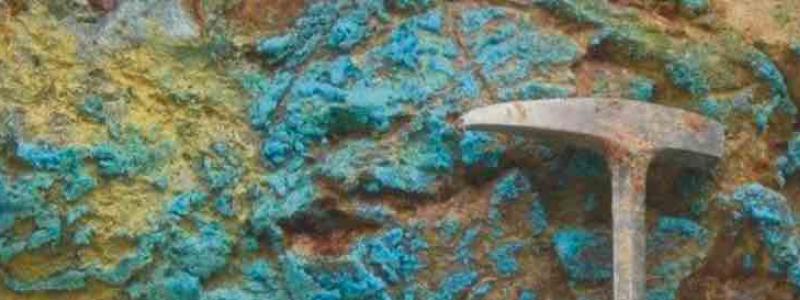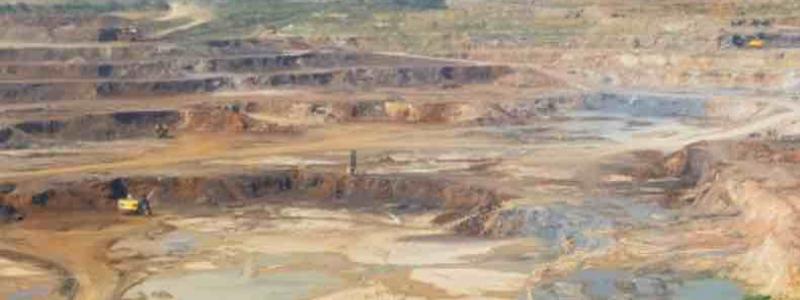Alba Mineral Resources reports that final results have now been received from the infill and extension soil sampling campaign undertaken within the Company's 107 km2 Clogau Gold licence area in North Wales.
The largest new anomaly now identified has a strike extent of approximately two kilometres, being four times larger than the anomaly associated with the main Clogau-St David's Mine which has produced the largest quantity of gold from any region in the United Kingdom. According to records, Clogau-St David's produced 81koz of gold with an estimated head grade of 24 g/t Au.
Additionally, the Company notes the news story published on the Financial Conduct Authority ("FCA") website on 5 August 2019, stating that SVS Securities plc ("SVS") has been placed into Special Administration. SVS acts as joint broker to Alba, however as a result of these developments SVS will no longer be able to provide broking services to Alba. As a consequence, First Equity Limited is now the Company's sole broker with immediate effect.
Highlights include:
- Largest new anomaly identified has strike extent of ~2km (~4 times longer than strike extent of Clogau-St David's Mine)
- In total, the completed sampling programme has identified ten significant anomalies away from known major mines, with gold mineralisation now confirmed across ~9 km strike extent of Dolgellau Gold Belt
- Potential extensions to existing mines have also been identified, with infill sampling confirming continuity of an anomaly (the "Lowri Target") lying parallel to the Llechfraith adit and a major anomaly (the "Eryn Target") lying above historic Llechfraith workings
- Weighted average grades for all new anomalies exceed average gold-in-soil grades for the historic mine anomalies
- Sampling is considered open along strike with samples collected to date covering only ~30% of the gold belt under licence to Alba
- Alba now planning trenching of selected targets, drilling campaign to target extensions to Llechfraith mine area and clean-up and sampling of broken stock material within Clogau-St David's Gold Mine
- Clogau remains a key focus for the Company, in particular given the Project's near-term cash-flow potential
- Alba's Executive Chairman, George Frangeskides, commented:
"The completion of this extensive exploration programme over the Dolgellau Gold Belt has confirmed what should already have been apparent from previous announcements: Alba's licence area has serious potential to host one or more new gold deposits that could rival the historic Clogau-St David's Mine in importance. The fact that the Cerys-Gwyneth anomaly trend is four times the size of the anomaly over the Clogau Mine should need no further explanation."
"While that ongoing exploration success alone represents a huge and unique opportunity for Alba, the key focus for the Company in the coming 12 months will be in pushing forward with the work to re-open one or more of the historic mines for commercial production, as that represents a clear cash-flow generative opportunity for the Company. With that in mind, the completion of the first phase of mine safety works represents an important milestone."
"The next stage of work will involve identifying potential zones of unexploited gold for commercial production, whether from the underground sampling and clean-up operation which is being planned or from the drilling of the exciting Llechfraith Mine target. In the 1980s, visible gold was reported in the Llechfraith Mine adjacent to westerly dipping greenstone intrusives along the lowest number 4 level, which is only about 30 metres below the Llechfraith adit entrance. Despite that, only very limited further work was done in the area and, as such, this represents one of the best opportunities for the discovery of economic deposits of gold."
"A series of short holes is currently being planned to test this Llechfraith Mine sequence, in which the Clogau shale is potentially up to 200m thick.”

